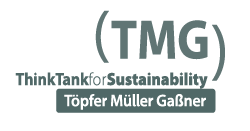People and Planet
Empowering African communities in ecosystem restoration
by Jes Weigelt and Wangu Mwangi | 2021-06-04

Restoration is a very powerful word … It implies what happens after some kind of disaster. So we have to ask ourselves, what are we restoring [land] from, and what are we restoring it to?
- Mordecai Ogada, Inspirational Speaker at GLF Africa 2021.
The first-ever Global Landscapes Forum (GLF) digital conference dedicated to Africa’s drylands convened on the eve of the official launch of the UN Decade on Ecosystem Restoration (2021–2030), signalling the growing commitment to safeguard Africa’s threatened, but globally important landscapes. Large-scale efforts, such as the AFR100 afforestation initiative, or the Great Green Wall in the Sahel region, have drawn massive financial support, and could play a key role in the proposed “Global Deal for Nature” to protect 30 per cent of the Earth’s surface by 2030.

Landscape restoration in Tanzania
Restored grazing lands in Tanzania (Source: CIFOR/Peter Minang)
But as we argued in our previous blog, embarking on conservation initiatives without considering the people whose survival depends on the same natural resources, is misdirected at best. There is a real risk that such efforts can significantly contribute to further marginalisation, poverty, conflict, and even displacement for millions of people. While our call for a cultural reset in African landscape restoration may be a bit dramatic in tone, the substance is key: there is a restoration imperative, but this needs to be driven by those communities that are directly affected by land degradation and climate change, water scarcity, biodiversity loss, and other crises.
An adaptation and mitigation imperative
Restoration boosts resilience to these threats, and is therefore key to reducing poverty, achieving zero hunger, and adapting to the worsening impacts of climate change. The IPCC Special Report on Climate Change and Land is clear: in many parts of Africa, the mean average land surface air temperature has risen more than in other world regions. From a mitigation perspective, landscapes (including plants and soils) are key in slowing down the many negative impacts. The Special Report reiterates that it is inconceivable that any 1.5 degree pathway can be achieved without significantly increasing carbon storage in landscapes.
However, experience shows that, despite their carbon sequestration benefits, large-scale restoration initiatives can have a negative social impact by alienating local communities from their land, and livelihood options. Despite the evidence marshalled by rights-based reviews of REDD+ projects, “fortress conservation” approaches continue to guide many large-scale initiatives and donor priorities. In such contexts, farmers, pastoralists, and other community groups, are rarely viewed as agents of restoration. To turn this around, we need to explore more integrated approaches that deliver restoration benefits to both people and planet.
Community leadership is key … but external support is crucial in achieving scale
Our GLF Africa session highlighted successful examples of community-led restoration — such as biodiversity management by pastoralist communities, or farmer-led agroforestry and watershed management initiatives in Africa and India — that provide the essential building block towards broader “carbon-enhancing landscapes.” While acknowledging that “farmers are not saints” the cases cited provided ample evidence that it is possible to progressively build the tools of self governance to drive sustainable local restoration efforts.
Given the magnitude of the restoration challenge, however, it is understandable that there are growing calls to scale up impact investments, trillion-dollar restoration markets, and similar grand projects. In calling for a cultural reset in restoration approaches, we too are making a plea for similar ambition, but this time through investing in the context-specific knowledge and experience of local communities in Africa’s drylands, and the social capital that they have amassed over generations. Our GLF Africa session called for a true commitment among external actors to co-design restoration initiatives with “target” communities, and to engage in iterative processes of co-learning and innovation that add value to community-level investments.
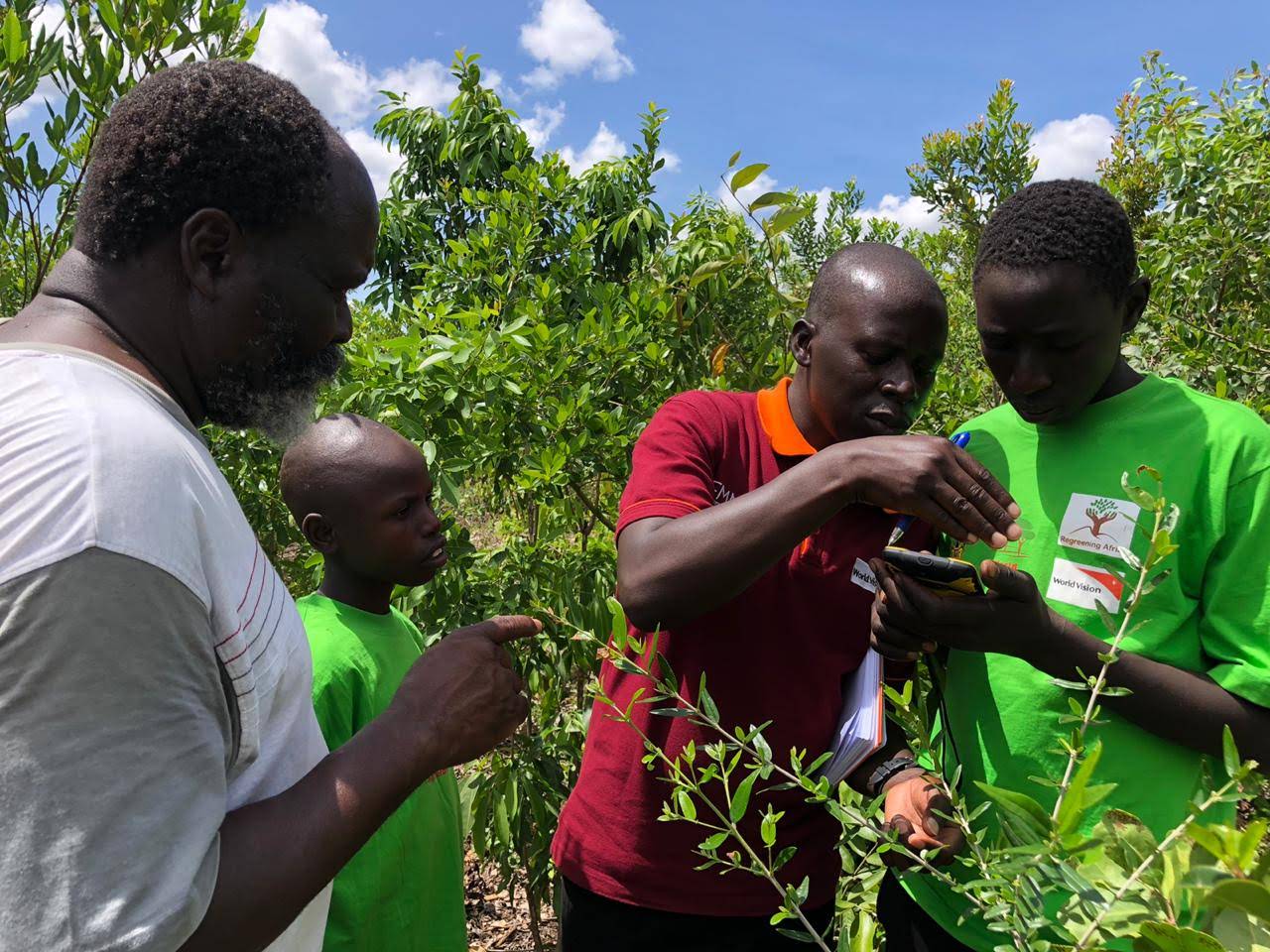
Farm-level monitoring training
Farm-level training on the use of digital monitoring tools (Source: Regreening Africa/Kenya)
Picking up on what is needed at higher levels, representatives from the UN Convention to Combat Desertification (UNCCD) and its related funding mechanism, the Land Degradation Neutrality Fund, underscored the importance of strengthening land tenure security and other governance mechanisms as part of restoration financing instruments. They highlighted emerging good practices in ethical investing, as well as multilateral efforts to strengthen the responsible governance of natural resources under the three sister “Rio Conventions” focusing, respectively, on land, climate and biodiversity.
A guide for investors
These observations resonate with our own research on how to empower communities to play a key role in scaling up restoration. Our Investment Guide on creating an enabling environment for sustainable land management identifies five key areas where funding mobilised as part of the UN Decade can empower local and sub-national institutions to drive community-led restoration.
Protecting the land rights of women, indigenous communities, and other marginalised groups , even if these are not yet “codified” into formal legal mechanisms.
Strengthening decentralised support systems, such as those facilitated by local civil society organisations, that provide essential restoration services to communities.
Recognising legitimate local-level institutional structures — both formal and informal — that can mediate inclusive access to land and other natural resources.
Supporting efforts to tackle the shrinking democratic space for civil society, as evidenced by growing attacks on environmental and land rights defenders, and other human rights abuses, in order to safeguard social accountability for inclusive agricultural and natural resource management policies.
Enhancing access to data and monitoring tools to promote the equitable co-creation of knowledge, as well as inclusive decision making on restoration pathways.
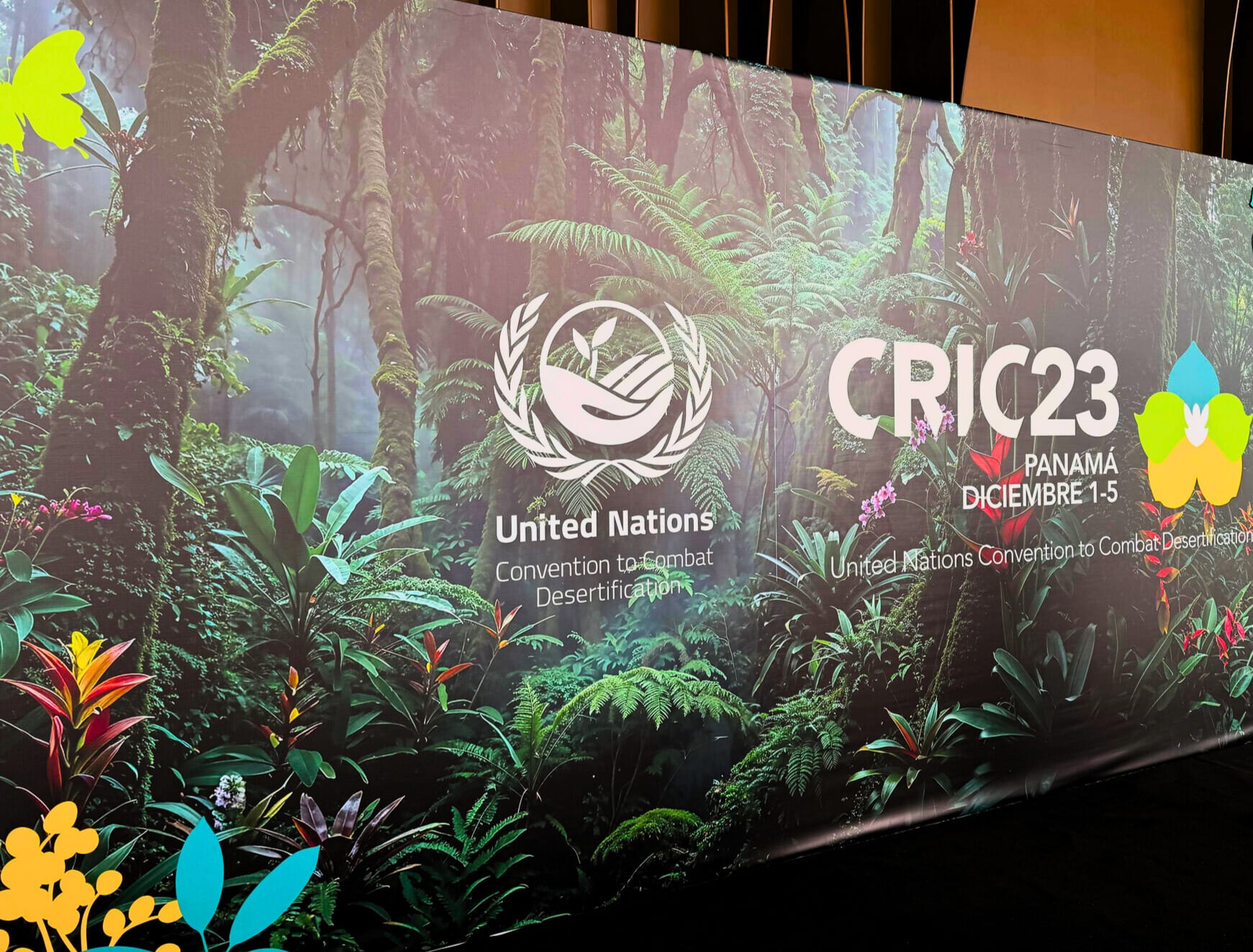 Land GovernanceDec 18, 2025
Land GovernanceDec 18, 2025Land tenure, women’s land rights, and resilience: Reflections from CRIC23 toward UNCCD COP17
Our experts discuss what the exchanges at CRIC23 highlighted and revealed about the role of secure and gender-equitable land tenure in the UNCCD's work ahead of the 2026 triple COP year.
Frederike Klümper, Washe Kazungu
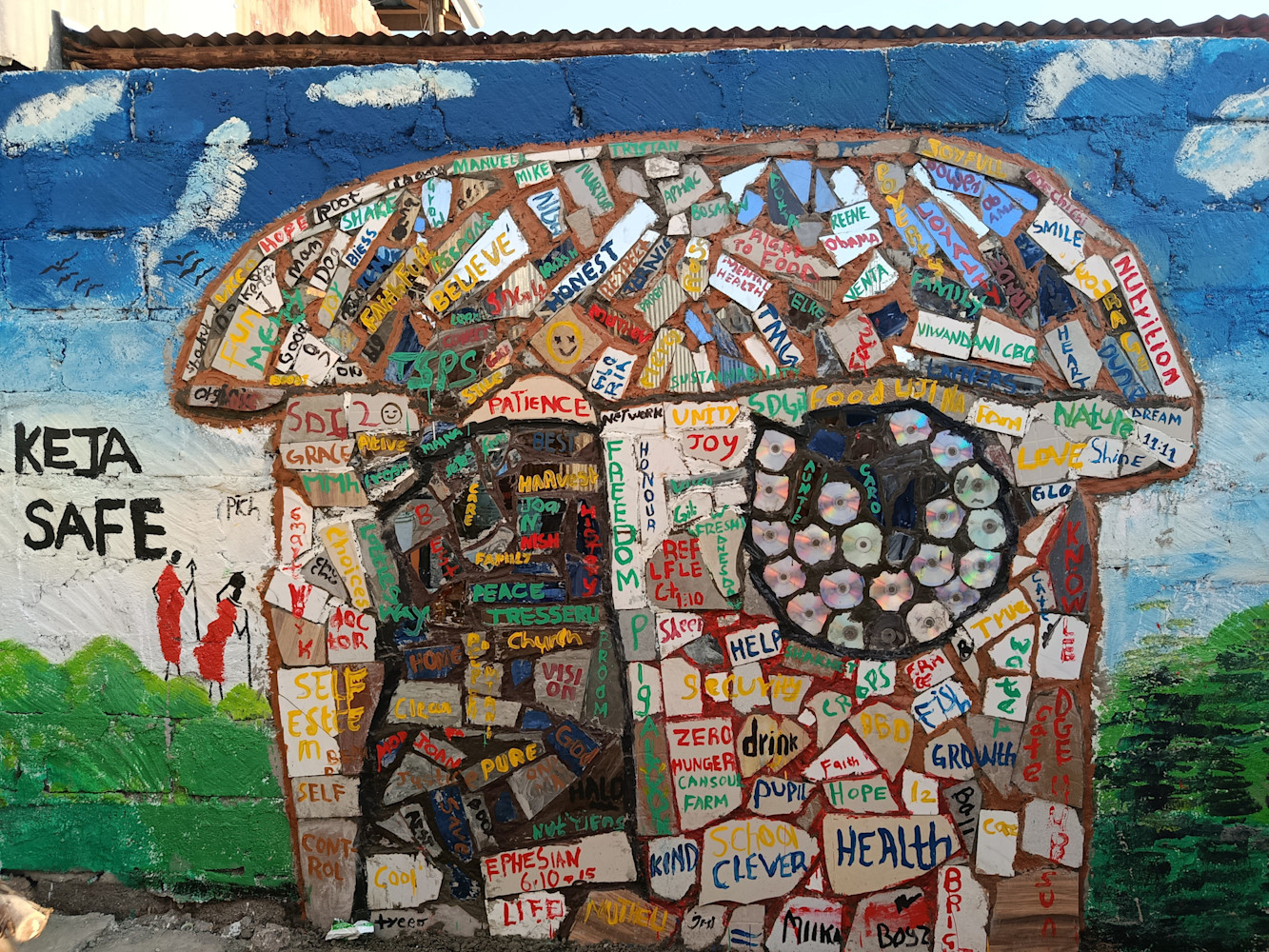 Urban Food FuturesDec 09, 2025
Urban Food FuturesDec 09, 2025The story of Mukuru's Urban Nutrition Hub
In Mukuru informal settlement, a safe haven for women has grown into the Urban Nutrition Hub, a multi-purpose space for nutrition education, training, and community development, demonstrating the potential of grassroots community-owned innovation..
Serah Kiragu-Wissler
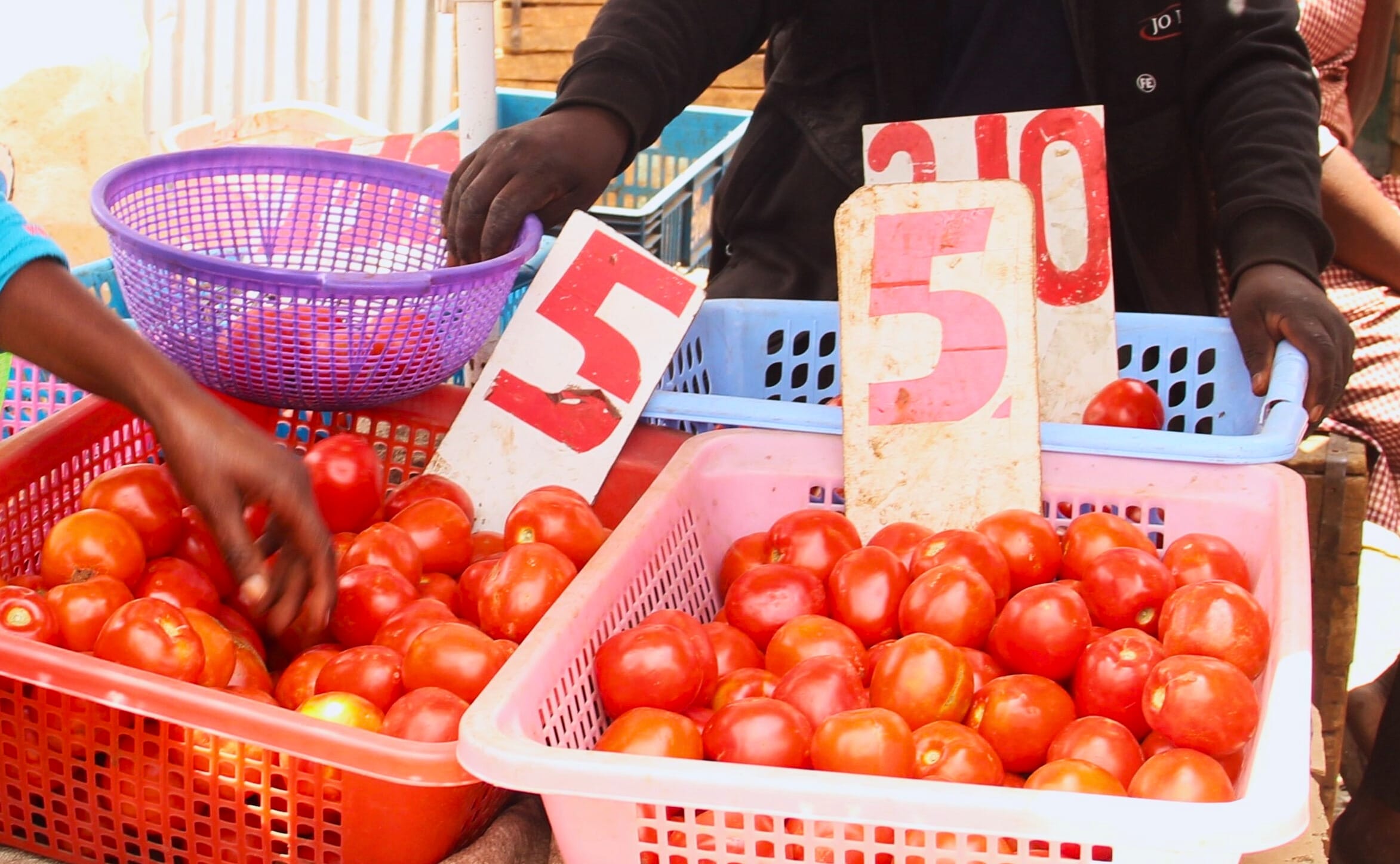 Urban Food FuturesSep 29, 2025
Urban Food FuturesSep 29, 2025Cheaper food, higher costs: The paradox of Nairobi’s food systems
What are the hidden costs of foods sold in Nairobi's informal markets, and who must bear them? We discuss how the city could build food systems that are both affordable and fair—for consumers and the people who feed them.
Christian Sonntag, Emmanuel Atamba, Lumi Youm
